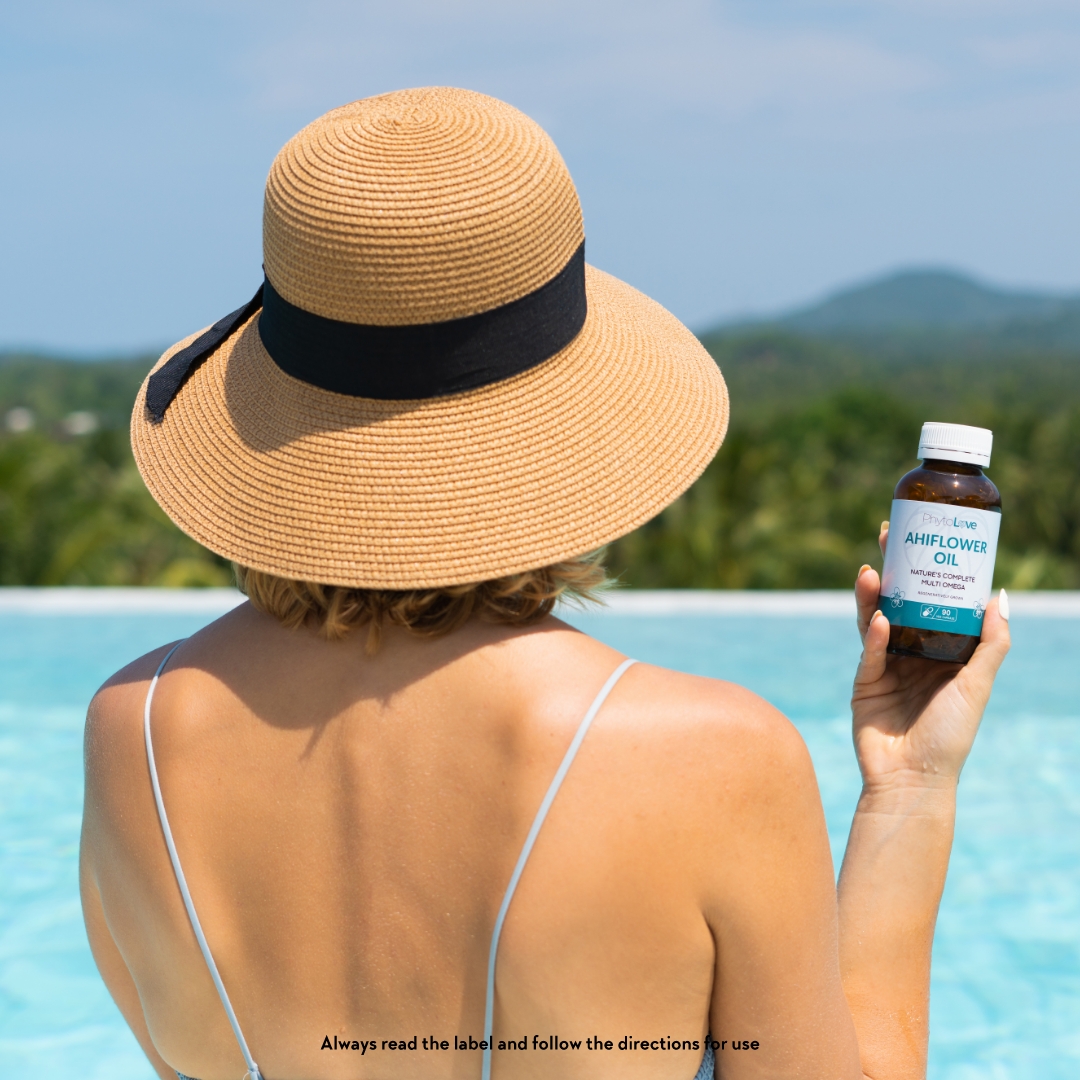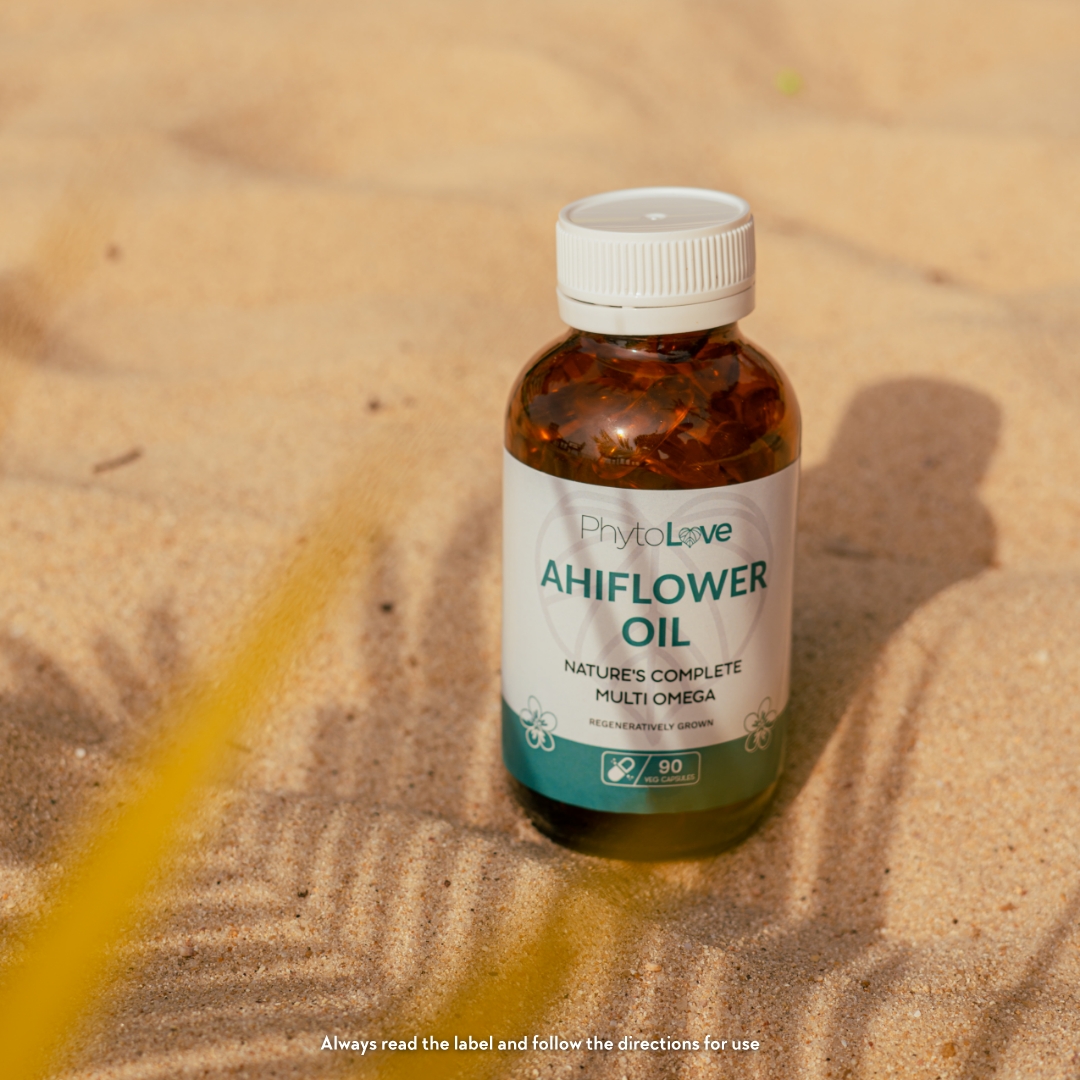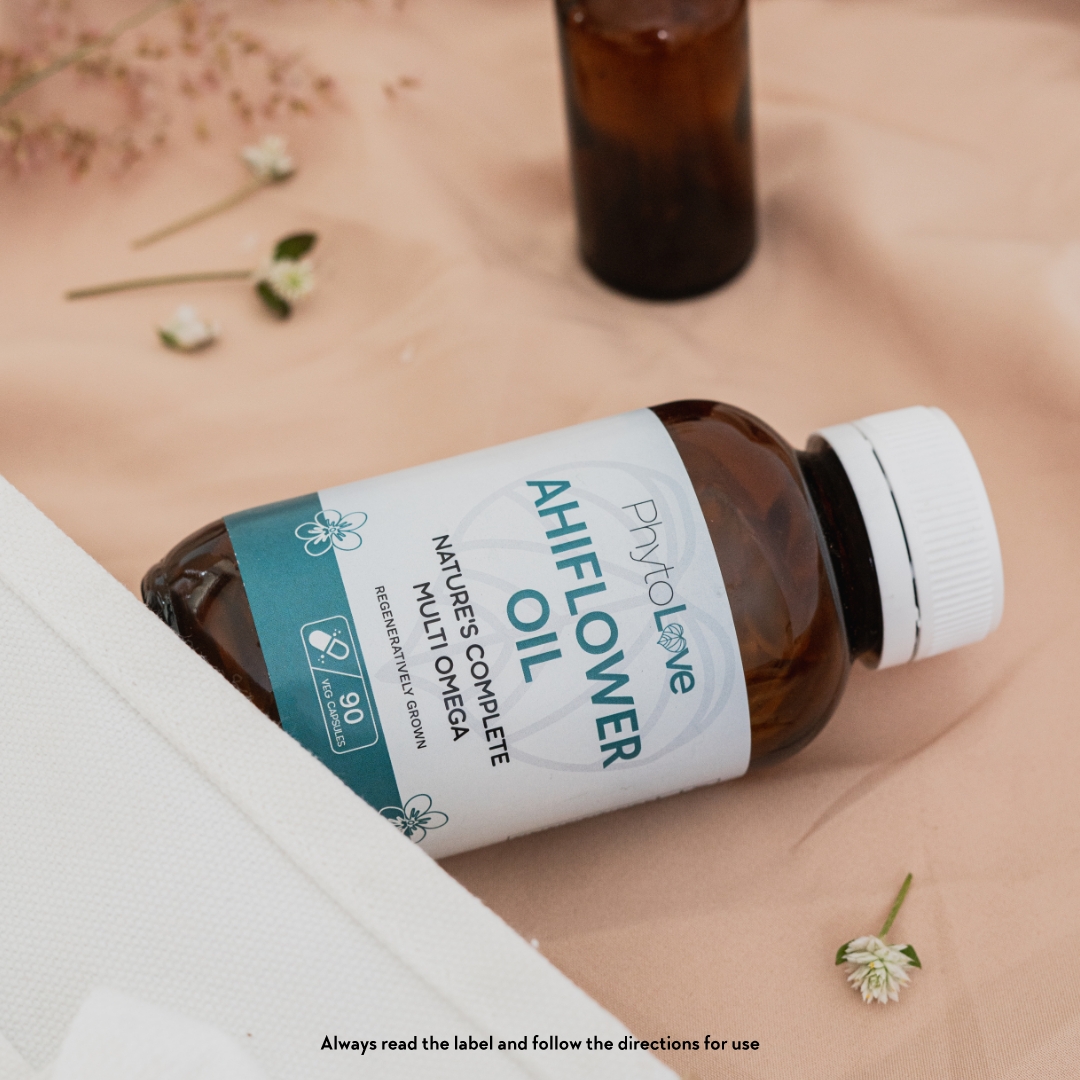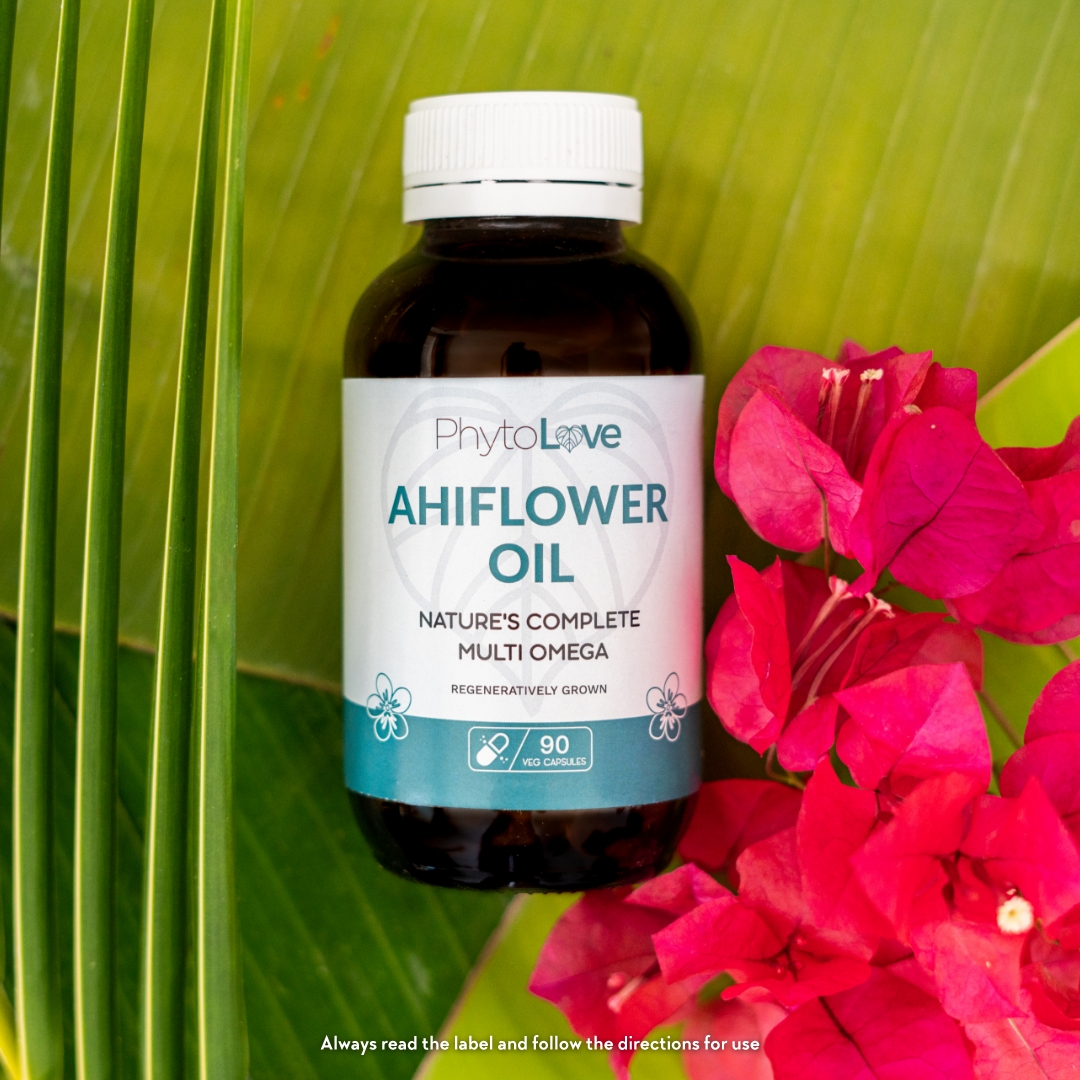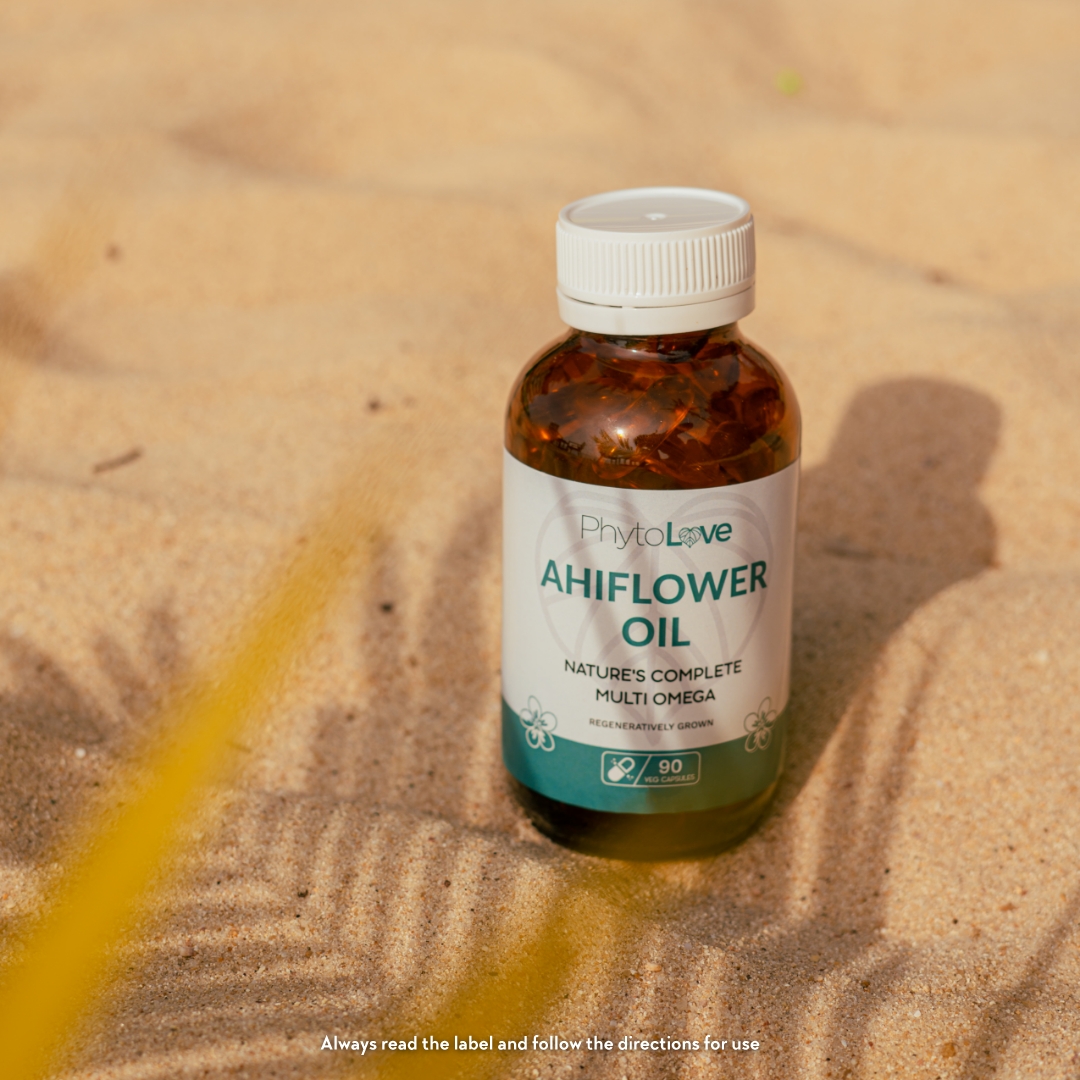
Personal wellness and planetary wellness are fundamentally aligned- perhaps no more strongly than in omega-3 nutrition.
The Global Organisation of Omegas-3 EPA and DHA stated in 2022 that “the oceans can’t provide even the most conservative daily dose of EPA and DHA for every human being”.
Our current omega supply chain is extremely destructive. Some scientists estimate that by 2048 we could see virtually empty oceans.
Since every second breath we breathe is generated by the oceans, this isn’t a pretty scenario for us human beings. As Dr Sylvia Earle says “What we are doing to the oceans, we are doing to ourselves”

Fast not-so-fun facts:
- We all care about plastic in the oceans- but did you know that fishing itself is contributing hugely to plastic in the ocean? 46% of the Great Pacific Garbage Patch is fishing nets whereas plastic straws actually only constitute by weight 0.03% of plastic in the ocean.
- The IPBES (Intergovernmental Science-Policy Platform on Biodiversity and Ecosystem Services) states that commercial fishing is the leading cause of marine life extinction
- Fish farms may be just as destructive as commercial fishing with these fish requiring far more fish input into their feed than they produce.
On top of this, fish have been proven to be social and feeling creatures who form friendships and experience fear and pain.
There has to be a better way.
What’s the solution?
Ahiflower provides as much omega-rich oil per acre as 500,000 anchovies. Each month’s supply provides as much omega-rich oil as 300 anchovies!
Ahiflower is grown using regenerative farming practices which focus on positive carbon capture impacts, and promoting soil health and fertility. Ahiflower even provides great habitat for bees and butterflies.
Ahiflower is extremely sustainable
For each metric tonne of fish biomass harvested, only 10kg of commercial EPA/DHA oil is produced. By contrast to fish oil, Ahiflower produces the equivalent amount of naturally synthesised EPA/DHA, competitively from only 0.25 acres of non-GMO, regeneratively cultivated farmland.
Ahiflower yields more SDA+ALA+GLA per hectare than any other oilseed crop and requires significantly less fertiliser or chemical inputs
The amount of land required to provide our human omega needs with Ahiflower oil is just 480,000 acres (for comparison, US soybean acres in 2018 = 90million),
– Josh Geiger
Each bottle provides as much omega-rich oil as 300 anchovies
This figure comes from the Ahiflower seed yield per hectare which has improved to 2,250 kg, and the typical oil content in the seed which is ~20%. So 2250 x 0.2 = 450 kg crude oil per hectare. A hectare = 2.47 acres. 1 acre has 450 / 2.47 = 182 kg crude oil. After typical refining losses the refined oil yield is 155 kg per acre = 155,000 grams refined Ahiflower oil.
1 anchovy’s average harvest weight is 25 grams. The typical omega-3 EPA/DHA oil yield efficiency is about 1-1.5% (before factoring in fish oil concentration, which is increasingly common in EPA/DHA fish oil delivery). So each anchovy contains 25 x 0.0125 = 0.31 grams EPA/DHA oil. 155,000 / 0.31 = 500,000 anchovies.
Ave. yield of seed per Ha = 1,600kg
Ave. Yield of oil per Ha = 272kg
Yield of oil per acre = 272/2.471 = 110.08kg
If 110.08kg = 500,000 anchovies, then 1kg oil = 4,542 fish, and 0.0675kg (how much oil is in a 90-count bottle), is about 307 anchovies.
Via Nature’s Crop International
How is Ahiflower produced?
Ahiflower oil comes from the seeds of the Ahiflower crop, much like flax or hemp seed oils come from the seeds of their crops. The seeds have a natural omega-rich oil content that are crushed, extracted, lightly refined and filtered to produce Ahiflower oil. All Ahiflower crops are grown exclusively in the UK by a network of independent farmers who have worked for many years to learn how to grow this crop reliably with minimal inputs and using regenerative farming practices.
These include maximising and measuring soil microbial and pollinator biodiversity, returning more organic fertility (eg from composted manures and silage) than is taken up by the crop, leaving roots in place and minimising tillage, and practicing multi-year crop rotations — all to improve the resilience, fertility, and health of the rural farmland ecosystems in which Ahiflower is grown. And because the crops are grown only in the UK by elite farmers whose ability to document their farming protocols on their fields is unmatched around the world, every year’s Ahiflower harvests are traceable back to the specially selected Ahiflower varieties, fields, and farms on which they were grown.
Every batch of Ahiflower oil is likewise documented and traceable to its source farms and regions in the UK. The dominant omega-rich oils like flax, hemp, evening primrose, and borage are generally commodified oils produced all over the world and combined in such a way that traceability is lost.
What makes it sustainable?
Ahiflower is grown regeneratively and fully traceably in the UK by independent farmers under exclusive contracts with Natures Crops International (Ahiflower’s global supplier). Ahiflower’s cultivation is inherently sustainable because Ahiflower crops improve soil fertility and pollinator biodiversity over time.
Ahiflower is certified non-GMO and provides a new rotational option for conventional wheat and oilseed rape (OSR) growers who must increase the biodiversity of their crop rotations following UK soil conservation regulations. Because Ahiflower derives originally from a native plant species, it does not require heavy applications of water, fertilization, or other agricultural inputs (in contrast to vegetables, wine grapes or cereals used to make beer).Conventionally-grown Ahiflower meets all environmental (soil, air, water, and agricultural input) requirements in the UK’s stringent and tightly monitored crop production system.
Unlike marine sources of omega‑3 fatty acids, which are experiencing supply chain disruptions, Ahiflower oil can be farmed regeneratively—from “soil to oil”—as a rotational break crop by an ever-increasing network of trained, conscientious growers in the UK. As Ahiflower consumption grows globally it will help reduce pressure on marine ecosystems using wild harvested anchovies, sardines, mackerel, etc and/or farmed aquaculture salmon for omega-3 nutrition.
Natures Crop's production process

Natures Crop's production process

Nature's Crops Certifications







Sign Up To Our Newsletter
#phytolovelife
Our community has a thing for plant-based nutraceutical solutions. Get inspired.

